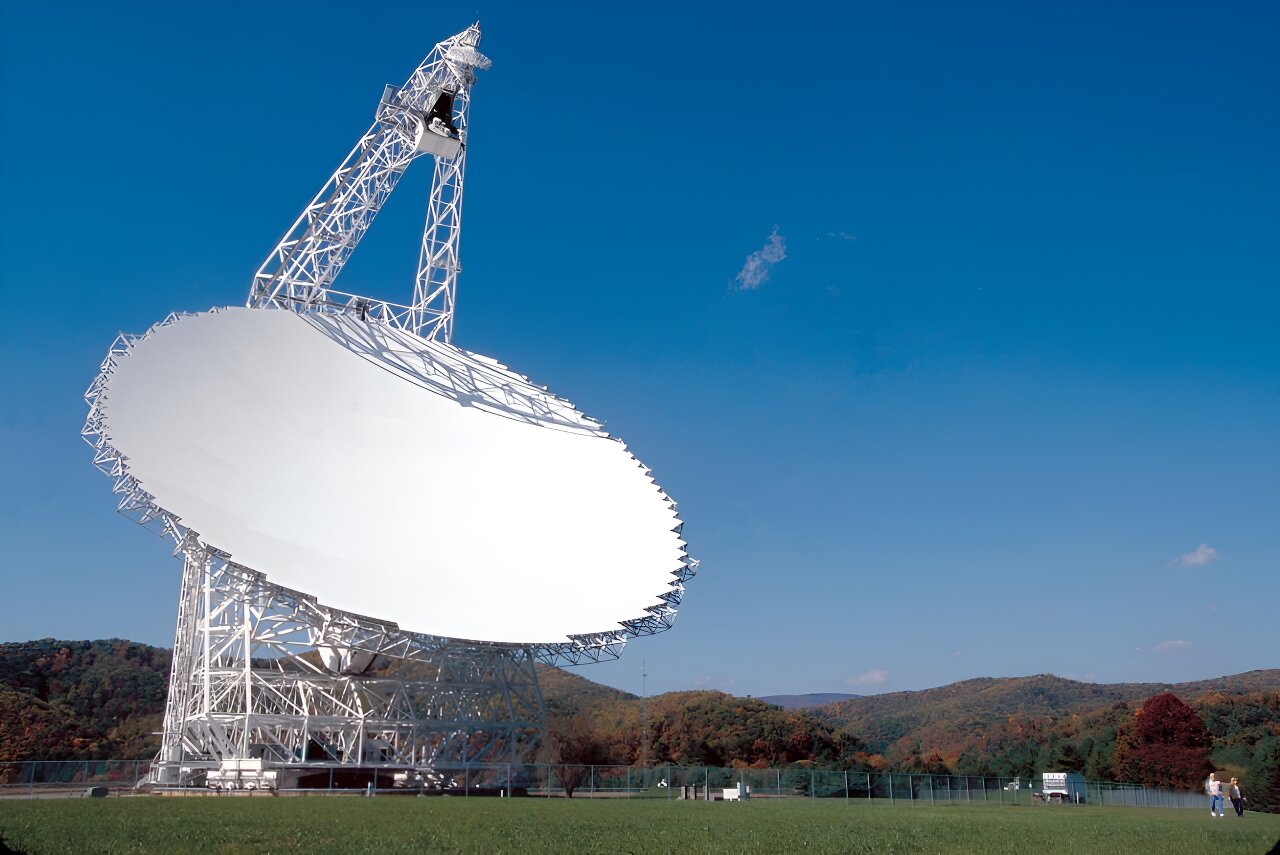Scientists from the University of California at Los Angeles used a radio telescope to study 11,680 stars that were previously studied by the TESS space telescope. They come to the conclusion that there are no intelligent beings with a high probability closer than 360 light-years away.

Research in the radio range
A team of scientists led by Jean-Luc Margot from the University of California at Los Angeles published the results of a study of 11,680 stars comparatively close to Earth. It was held as part of the program to search for alien life “Are You Alone in the Universe?”.
The basis for the program was the research of the Transiting Exoplanet Survey Satellite space telescope, better known as TESS. It gave scientists the opportunity to identify a lot of objects that could turn out to be planets, and scientists decided to check whether a radio signal was coming from any of them.
To do this, they used the radio telescope of the Green Bank Observatory. The research lasted from 2020 to 2023. Scientists conducted observations at wavelengths from 1.15 to 1.73 GHz.
What prevents receiving signals
This wavelength is chosen due to the fact that it, in fact, represents a “window” in which interstellar gas and dust practically do not absorb radio waves. Therefore, scientists have decided that if aliens try to send signals, it will be done at these frequencies.
Thanks to this, scientists could scan even those systems that are located at a sufficiently large distance from us. In total, during several sessions, they were able to record more than 37 million different signals. And then the most interesting thing began.
Scientists have used an international network of amateur scientists to process all these signals. After all, there are a lot of natural radiation sources in this range. In particular, in the Solar System, this is Jupiter. Therefore, we should expect that other gas giants, or even Earth-like planets, can influence the result of research.
There are no aliens?
After the volunteers processed the signals, it turned out that absolutely all of them were natural. This has allowed scientists to conclude that at a distance of 360 light-years from Earth, no star with a probability of 98.7 percent has a radio transmitter which signals we are able to catch.
This news may seem very sad, but in fact it does not mean that we are the only intelligent beings in the Universe. Even after such estimates, there is still enough space in our Galaxy for hundreds and thousands of civilizations. And perhaps they are even closer, just for some reason they do not send their signals.
According to phys.org.
Follow us on Twitter to get the most interesting space news in time
https://twitter.com/ust_magazine
